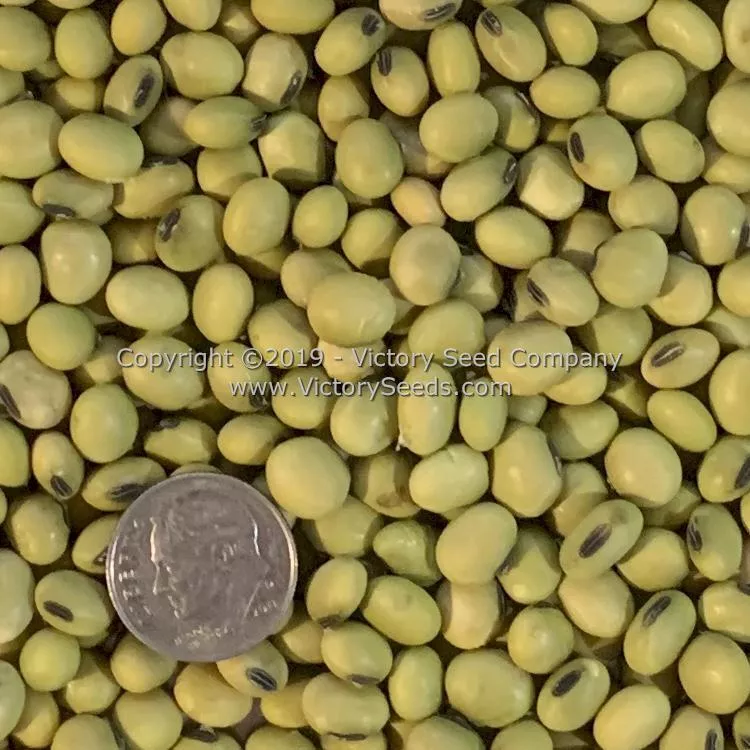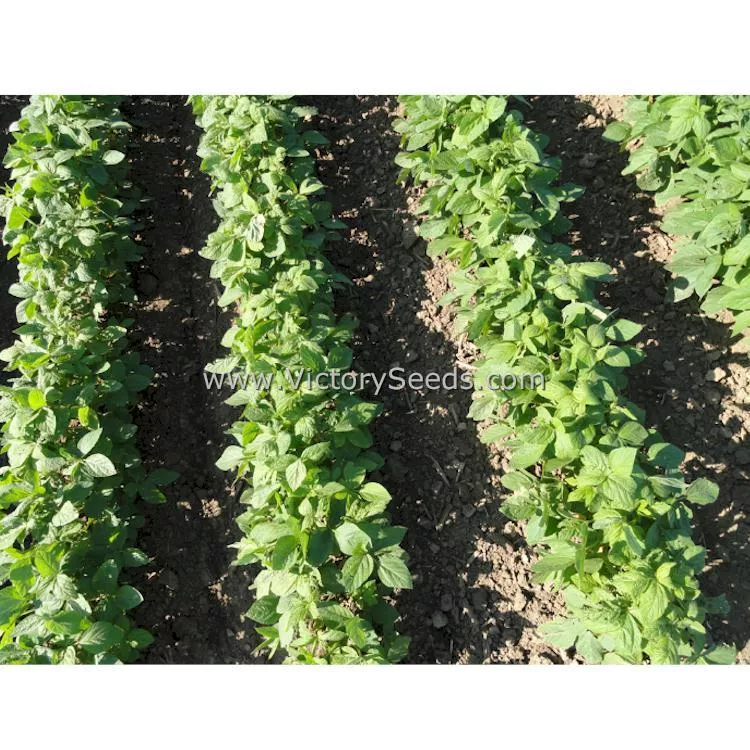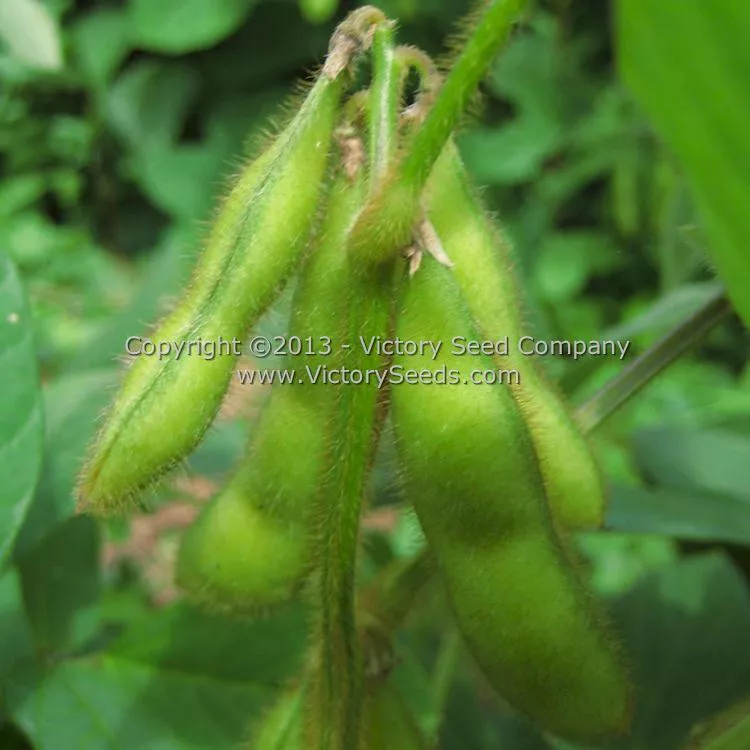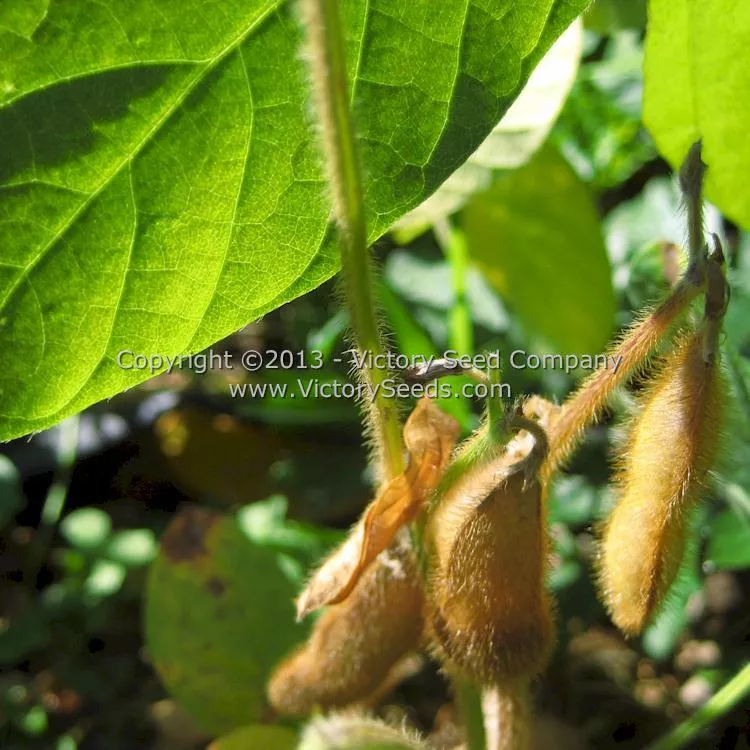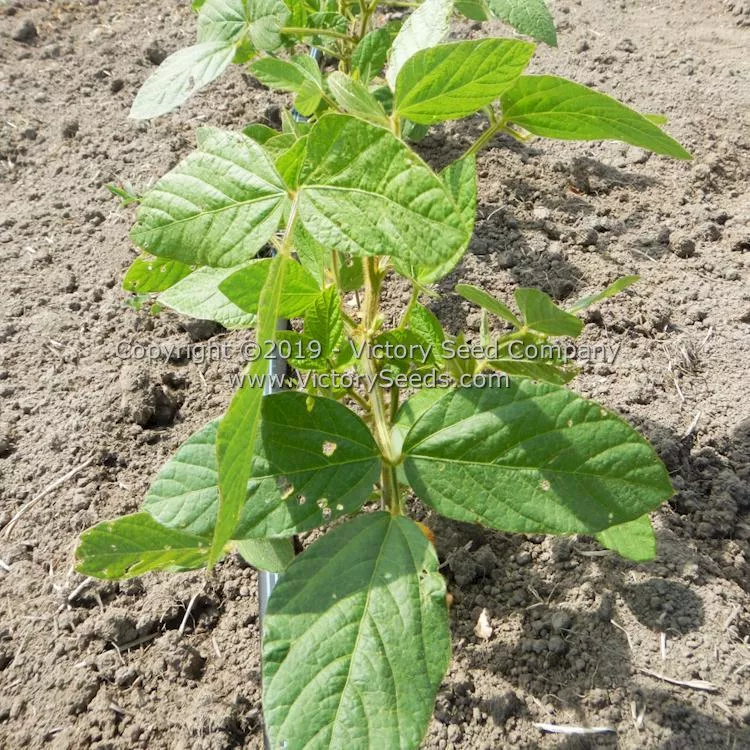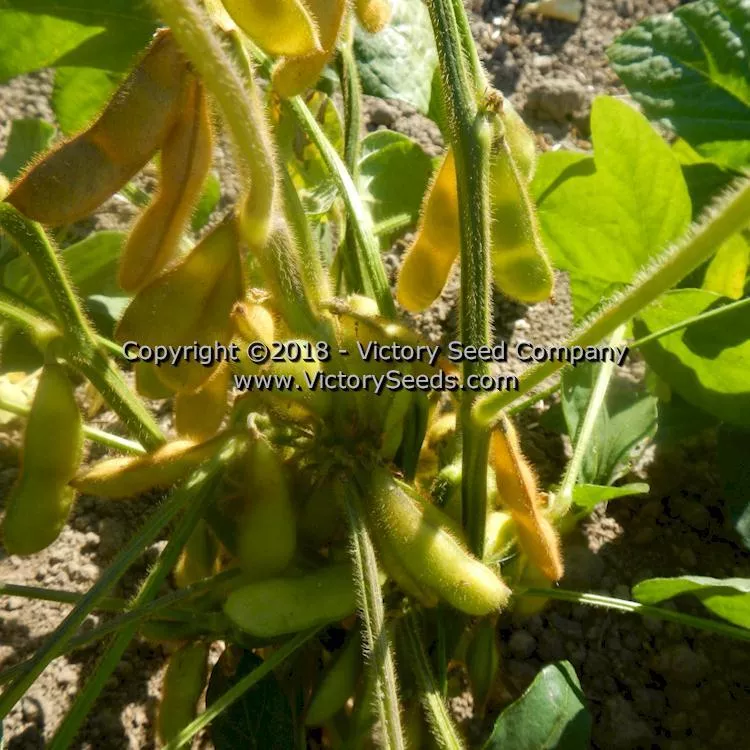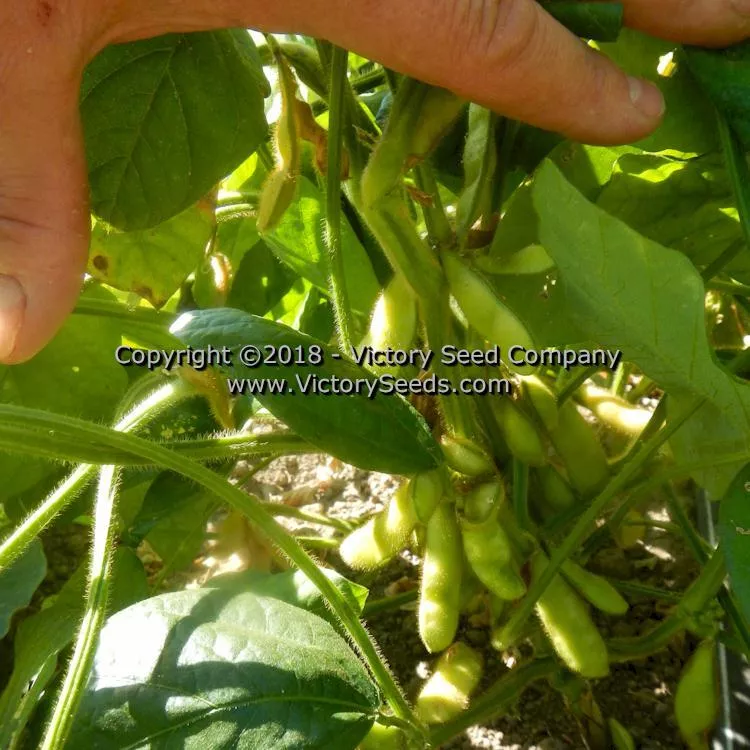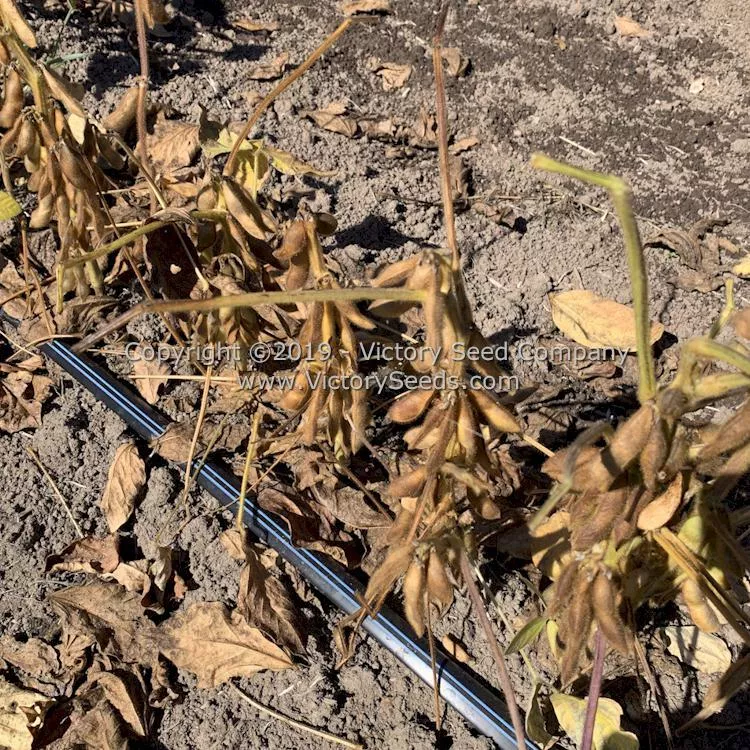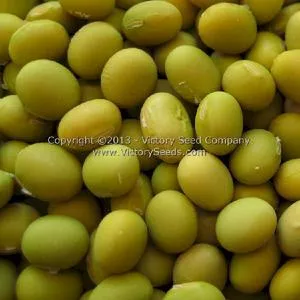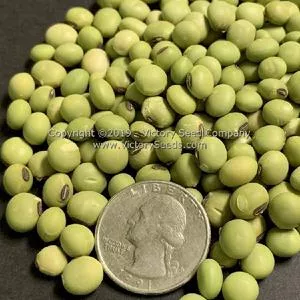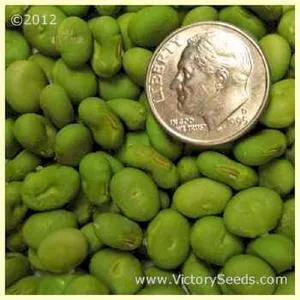







Hidatsa Soybean
Glycine max
Price: $3.95
SKU: 330113170 to 95 days, determinate - The seeds are small, light green with black eyes, and contain approximately 50% protein (USDA). They are used for edamame (pronounced "ed-uh-mah-may"). The plants are compact, reach about eighteen inches in height, and have purple flowers. Very early maturing and does well in cool, wet soils.
Developed and introduced by Oscar H. Will & Company, Bismarck, North Dakota in about 1953. The USDA accession number is PI 548341. Will developed 'Hidatsa' from PI 81038, called 'Sousei', which is a Japanese edamame variety collected in Hokkaido in 1929.
Developed and introduced by Oscar H. Will & Company, Bismarck, North Dakota in about 1953. The USDA accession number is PI 548341. Will developed 'Hidatsa' from PI 81038, called 'Sousei', which is a Japanese edamame variety collected in Hokkaido in 1929.
Genetic Classification: Open Pollinated
Planting Instructions:
Soybeans are a tender plant and should be sown after all danger of frost has passed and the soil has warmed. Planting them at about the same time as corn is a good rule.
Sow seeds about one inch deep, three to four inches apart. Although you can plant in rows, they can be planted densely and allowed to form a canopy. This will help control weed growth. Soybeans are tolerant of drought and poor soil since they fix nitrogen. They will, however, benefit from fertile soil.
Soybean flowers are perfect (self-fertile) and cross pollination is almost non-existent, making saving seed easy. Allow pods to fully develop and dry on the plants.
Sow seeds about one inch deep, three to four inches apart. Although you can plant in rows, they can be planted densely and allowed to form a canopy. This will help control weed growth. Soybeans are tolerant of drought and poor soil since they fix nitrogen. They will, however, benefit from fertile soil.
Soybean flowers are perfect (self-fertile) and cross pollination is almost non-existent, making saving seed easy. Allow pods to fully develop and dry on the plants.
Customer Reviews:
Do you have experience with this one? 📝 📣 Write a review!
No reviews have been posted yet.

